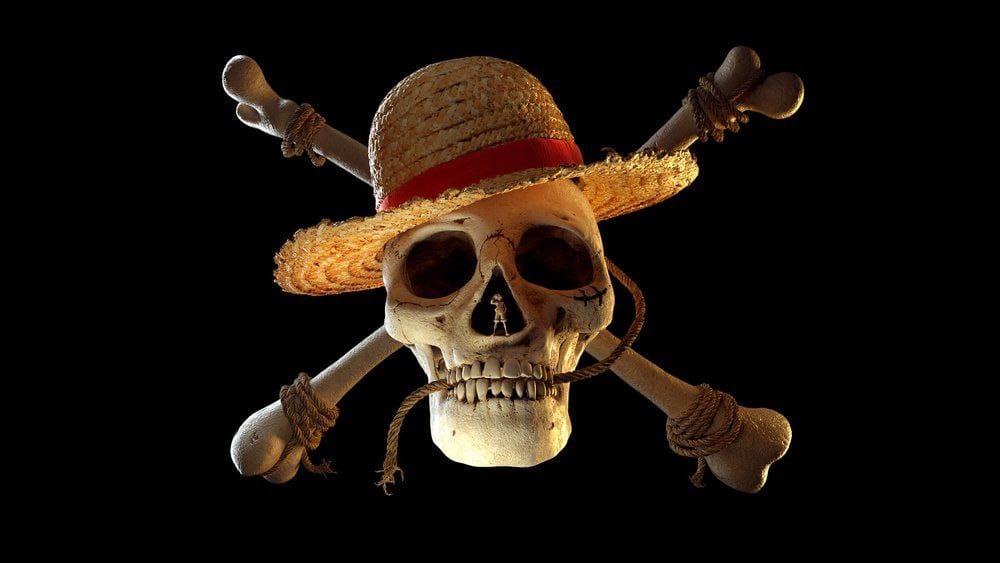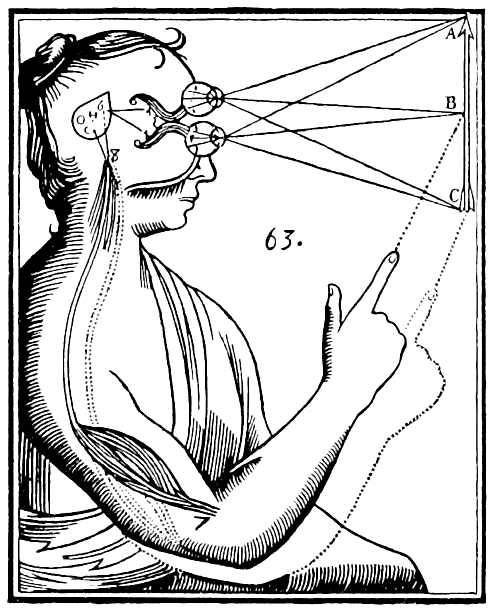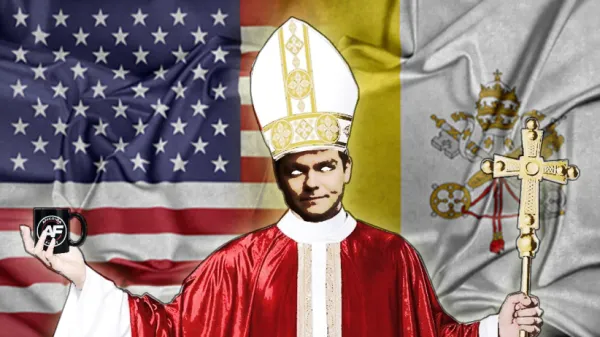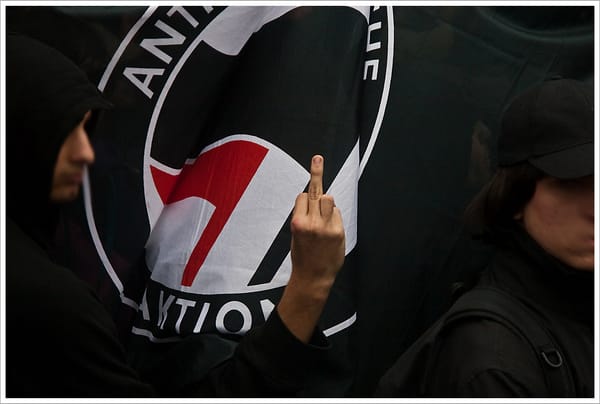The One Piece Flag - a New Symbol of Resistance for the Indonesian People

Recently, Indonesia has been shocked by news of the ban on flying the black flag from the Japanese anime and manga created by Eiichiro Oda, One Piece. One Piece has long been a growing companion for Indonesians. Although it originates from Japan, it is deeply rooted in Indonesian culture. The ban on flying the black flag, known as the Jolly Roger, began when a video went viral on social media showing a black flag with a skull logo flying alongside the red and white flag ahead of the 80th anniversary of the Republic of Indonesia. Amid the economic crisis gripping Indonesia and widening inequality, many people vented their frustration by flying the Straw Hat Pirates' flag. After the video went viral, the Indonesian government responded with a highly comical response.
The government banned the flying of the flag because it was considered to damage the dignity of the red and white flag and could divide the nation. They were concerned about the fact that black flags were flying in many areas like mushrooms in the rainy season. On the streets, on fences, in crowded markets, on the backs of trucks, in villages, the flag flies without command, without permission, and without fear.
However, this is precisely the problem for those in power. They cannot control something born of public anger and disgust at the failure of a government that has done little to address the people's suffering. The government continues to seek excuses, using various excuses, from "state symbols," "national unity," to outdated nationalist arguments. However, they are hiding something. They fear the people have found their own symbol: a black flag with a smiling skull and a straw hat on top. One Piece Is Not Just a Pirate Tale For those who don't know, One Piece itself is Eiichiro Oda's magnum opus, chronicling the Straw Hat Pirates' journey to becoming the Pirate King.
To achieve this freedom, the Straw Hat Pirates must overcome numerous obstacles. However, that's not the point. For some fans, simply enjoying the story of One Piece may be enough. However, One Piece is much more than that. Its story addresses issues relevant to today's situation, from modern slavery, corrupt governments, failed states, colonialism, militarism, and resistance against oppressive rulers. Indeed, One Piece is a guide to resistance for those who look deeper. The main characters in the One Piece anime are an idealized portrait of a world without oppressive rulers. There are no absolute leaders; captains are chosen and lead because they are trusted by their crew. Loyalty is built through togetherness, and the enemy they face is always the same: the world government or corrupt and cruel parties.
Why can a cartoon pose a threat to a nation? The answer is simple: power operates through narrative control. As long as they can convince us that only the nation's symbols are legitimate, all other expressions will be considered threatening. But once these alternative symbols emerge, especially when they capture the imaginations of young people, the narrative they have constructed collapses, crumbling to nothing.
The Straw Hat flag is a nightmare for those in power. A symbol born of popular culture, yet possessing organic political power. Nothing can be controlled by them. There's nothing they can censor. The Indonesian government has officially banned the flying of the One Piece flag in various countries. Reports have reported confiscations of the black flags. Some flag sellers have even gone into hiding because they were threatened not to sell them to the public. For all they've done, they've forgotten many things. They can confiscate flags. They can arrest their owners. They can block images from the internet. But they can't stop the flow of thoughts that are already in motion. Every ban is a blow to the Straw Hat flag. And like the Straw Hat crew, the people will continue to sail towards a world ruled by no one but freedom.





